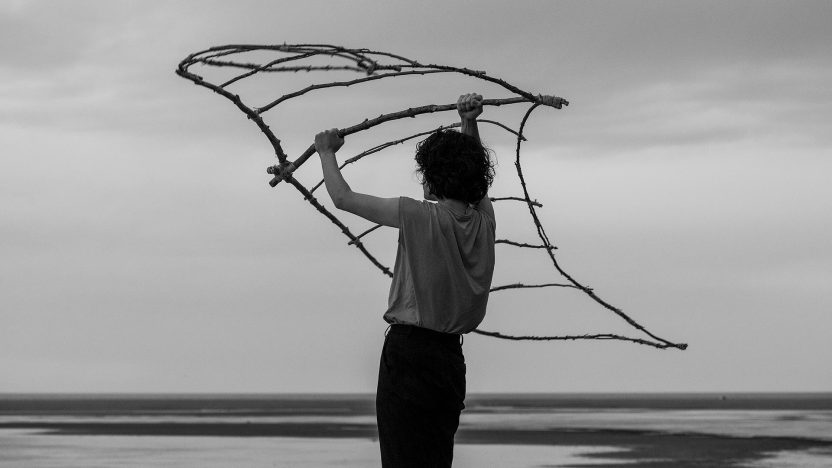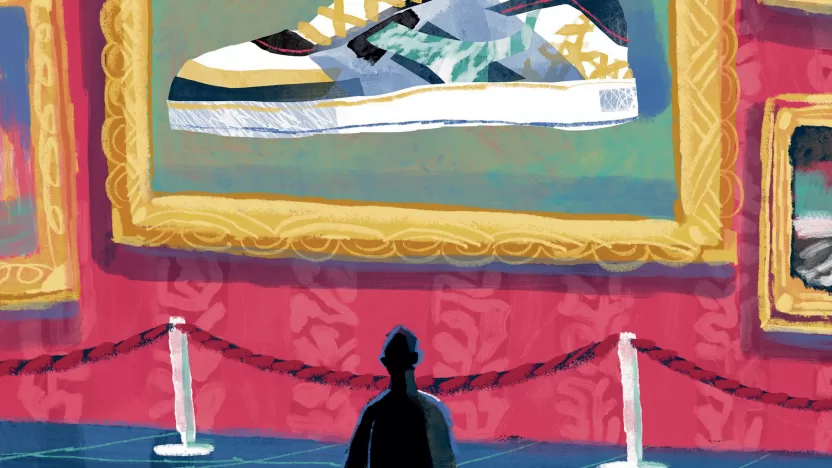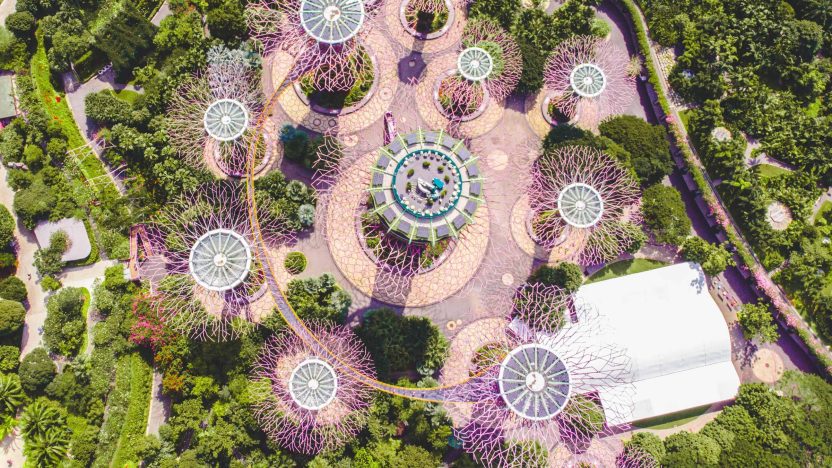Critical design will make our lives better
Critical design leverages fiction and speculative design to challenge our theories and preconceptions about everyday objects.
by Lorenzo Ruggieri

Since the early days, design has wondered what its role was, in the impossible quest for an unambiguous and permanent definition.
One of the most well-known tentative definitions is by Tomás Maldonado: for him, industrial design is “a creative activity whose aim is to determine the formal qualities of objects produced by industry.” In this view, the value of form and the relation to industry are the two pillars that should guide a designer. Unlike craftsmanship, there is no design without industry as a provider of large-scale reproducibility.
The Great Acceleration — the most recent phase of the Anthropocene, that began in in 1945, when humankind’s impact on the global ecosystem became increasingly strong, has raised new questions, placing production sustainability at the center of the debate. Our intrusion on nature occurs in two distinct, but complementary ways. On one side, we produce goods and services that require enormous amounts of resources and energy; on the other, we profoundly impact nature to get better performance. Therefore, the need to find a balance between these components becomes crucial.
In this scenario, the approach of critical design, which leverages design fiction and speculative design to challenge our theories and preconceptions on the role of objects in everyday life, becomes interesting. Popularized by Anthony Dunne and Fiona Raby, critical design thinks outside the logic of production, sales or strict utility, in a perspective that raises ethical, social, and environmental concerns. The basic idea is to reflect on human activity, trying to anticipate, and in some cases, test, the direction the world could take. According to Dunne and Raby, there are three different ways to deal with these issues.
Designers tend to act in the realm of “probability,” the area of the future that will happen unless there are changes big enough to disrupt the normal flow of things. The outcome of this may even be radical, but it always moves in the direction of what is viable with the existing technology and business models. A second realm is that of “plausibility.” Here, the designer’s action is based on a vision of the world that’s been disrupted by unexpected events. These changes may be economic, environmental, or social, what matters is that they force us to confront a reality that’s been deeply disrupted, and that must be addressed by extreme solutions. Lastly, there’s the realm of “possibility”: in this case, the designer looks to a prospective world, reached through a traceable and credible path from the scientific and technological point of view. This transition from present to future is the realm where critical design operates.
This radical branch of design offers many elements of interest. The first resides in the will to open up one’s research field to other forms of investigation. Designers work in close contact with scientists, philosophers, chemists, and biologists, to expand the range of possibilities, freeing themselves from the mindset of a single industry. In this scenario, the complexity of the era we live in can’t be managed by a single player with vertical skills.
The second element is the lack of judgment: critical design is not meant to criticize, but to trigger a debate on relevant topics. For a designer, a product becomes real and reaches its maximum expression when it gets distributed and purchased. In critical design, instead, there are no products but probs, which become real when they convey a vision of reality and trigger a reflection in the observer. Critical design, by generating alternatives, can help people construct compasses rather than maps for navigating new sets of values. The most interesting element, however, is its approach to exploration. This attitude manifests itself in the desire, typical of design fiction, to look at the future free from production pressures or from the need to provide industrial or commercial solutions. On top of this, there’s a strong attachment to reality and the extreme attempt to interpret it.
But what will the objects of the future look like? Dunne and Raby suggest starting from the realm of “probability,” a world where design is more inclusive. In this scenario, humans wouldn’t be the exclusive users anymore: nature and robots would, too. At that point, the main challenge would not be merely productive, but interpretative: we would have to decipher the complexity of relationships that the goods intertwine.
This new paradigm doesn’t focus on mass production but on quality production. Design is not a “self-conclusive” practice anymore: products become the core of a relationship that the business world will try to weave into an increasingly lasting relationship with people. If we were to enter the realm of “possibility,” the survival of business and society models as we know them today could threaten the very existence of design.


